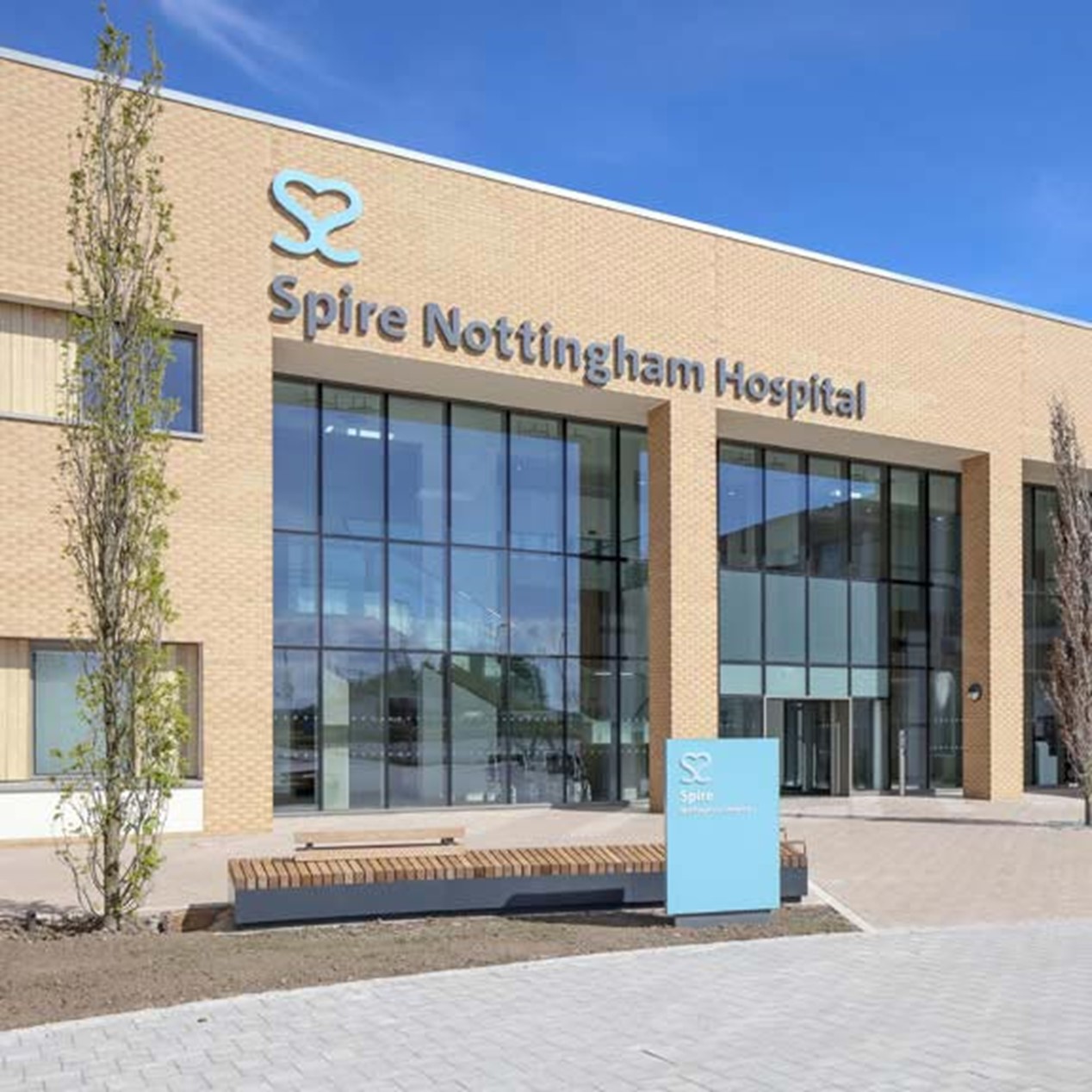View this treatment at your local spire Spire Hospital
- Local pricing
- Consultants near you
- Payment options
- Local pricing
- Consultants near you
- Payment options
New non-surgical technique for the treatment of an enlarged prostate blocks off arteries that feed the gland, causing it to shrink.
Why you might need it
Through tests your urologist and GP will have identified BPH (Benign Prostatic Hypertrophy) or an enlarged prostate, in particular the considerable symptoms it will be causing you. Medication is usually the first stage of treatment and historically if this did not improve things, then a TURP operation would have been indicated.
Now prostate artery embolisation (PAE) is available as an alternative, non-surgical treatment for an enlarged prostate. This new technique does not involve surgery, therefore reducing your in-hospital stay and recovery time following treatment.
Find a Spire hospital offering this treatment

Who will do it?
Our patients are at the heart of what we do and we want you to be in control of your care. To us, that means you can choose the consultant you want to see, and when you want. They'll be with you every step of the way.
All of our consultants are of the highest calibre and benefit from working in our modern, well-equipped hospitals.
Our consultants have high standards to meet, often holding specialist NHS posts and delivering expertise in complex sub-specialty surgeries. Many of our consultants have international reputations for their research in their specialised field.
Before your treatment
You will have a formal consultation with a healthcare professional. During this time you will be able to explain your medical history, symptoms and raise any concerns that you might have.
We will also discuss with you whether any further diagnostic tests, such as scans or blood tests, are needed. Any additional costs will be discussed before further tests are carried out.
Preparing for your treatment
We've tried to make your experience with us as easy and relaxed as possible.
For more information on visiting hours, our food, what to pack if you're staying with us, parking and all those other important practicalities, please visit our patient information pages.
Our dedicated team will also give you tailored advice to follow in the run up to your visit.
The procedure
The procedure takes place in a catheter laboratory designed for specialist interventional procedures that require the use of X-rays. You will be laid on an X-ray table and can be given sedatives if required.
Sterile drapes and equipment are used to keep everything clean. Access to the arteries of the prostate is through an artery in the groin. Local anaesthetic is used to numb the skin and a needle and wire are thread into the artery. A small sheath is then passed over the wire and the wire is withdrawn.
A catheter and smaller micro-catheter is then introduced into the artery via the sheath and placed into the correct position where the arteries supply the prostate. X-rays (angiograms and DynaCT) and special X-ray dye are used to identify and visualise the arteries that supply the prostate.
Once the arteries that supply the prostate are identified, fluid containing hundreds of tiny particles is injected through the catheter into these small arteries. These tiny particles then block off the blood supply to the prostate. This is performed on both the right and left prostatic arteries.
Aftercare
The procedure will usually take up to 3 hours and you will be taken to recovery for a short while for routine observations. Once the recovery nurses are happy, you will be transferred back to the ward and lay in bed for a few hours.
If you are suitable for a day case procedure, then you will be allowed home after 4-6 hours or you will be kept in overnight and discharged the following morning.
Once at home, you will be required to rest for 3-4 days and you can be prescribed painkillers if required.
There are just two medium term studies of the results of just over 300 prostate artery embolisation procedures. Around 80% of men will gain symptomatic improvement after PAE with reduction in prostate volumes and an increase in urinary flow rates.
As part of on-going research into PAE your symptom scores and quality of life measurements will be made using pre and post operative questionnaires. The complexity of finding difficult or small prostate arteries may lead to technical failures in around 10% of cases. In case of failure traditional TURP surgery may be offered.
Why choose Spire?
We are committed to delivering excellent individual care and customer service across our network of hospitals, clinics and specialist care centres around the UK. Our dedicated and highly trained team aim to achieve consistently excellent results. For us it's more than just treating patients, it's about looking after people.
Important to note
The treatment described on this page may be adapted to meet your individual needs, so it's important to follow your healthcare professional's advice and raise any questions that you may have with them.

